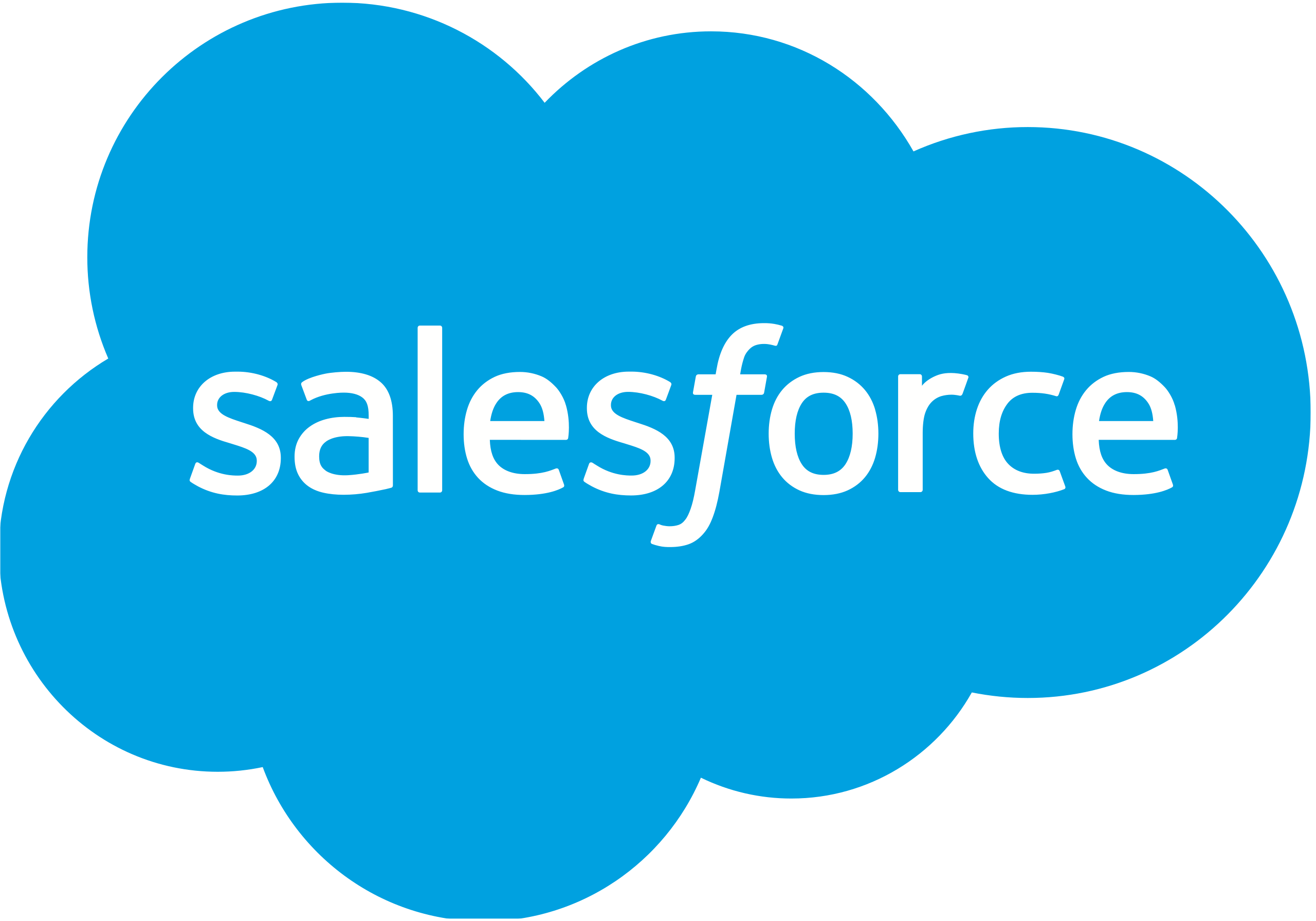Value Proposition: Defining Your Unique Offer

Published on: October 01, 2024
In the world of sales and marketing, a value proposition is a powerful tool that can make or break your business success. It's the essence of what your company offers to customers, encapsulating why they should choose you over competitors. Let's dive into the intricacies of value propositions and explore how they can drive revenue and customer loyalty.
What is a Value Proposition? 🤔
A value proposition is a clear statement that explains how your product or service solves customers' problems, delivers specific benefits, and tells the ideal customer why they should buy from you and not from the competition. It's the primary reason a prospect should buy from you.
Why Value Propositions Matter in Sales and Marketing 📊
A well-crafted value proposition is crucial for several reasons:
- It differentiates your offering in a crowded market
- It helps align your sales and marketing efforts
- It guides product development and innovation
- It improves customer acquisition and retention rates
Key Components of a Strong Value Proposition 🔑
An effective value proposition typically includes:
- Relevancy: How your product solves customers' problems or improves their situation
- Quantified value: Specific benefits your product delivers
- Unique differentiation: Why customers should buy from you instead of competitors
Types of Value Propositions 🏷️
| Type | Description | Example |
|---|---|---|
| Functional | Focuses on practical benefits | "Save time and money with our all-in-one solution" |
| Emotional | Appeals to feelings and desires | "Feel confident and empowered in your business decisions" |
| Economic | Emphasizes cost savings or financial gains | "Increase your ROI by 30% within the first year" |
Creating Your Value Proposition: A Step-by-Step Guide 📝
- Identify your target audience: Understand their needs, pain points, and desires
- Define your unique selling points: What sets you apart from competitors?
- Articulate the benefits: How does your product or service improve customers' lives?
- Provide evidence: Use data, testimonials, or case studies to support your claims
- Refine and test: Continuously improve your value proposition based on feedback and results
Common Pitfalls to Avoid ⚠️
- Being too vague or generic
- Focusing on features instead of benefits
- Overcomplicating the message
- Failing to differentiate from competitors
- Not aligning with customer needs
Measuring the Effectiveness of Your Value Proposition 📈
To ensure your value proposition is resonating with your target audience, consider tracking these metrics:
- Conversion rates
- Customer acquisition costs
- Customer lifetime value
- Net Promoter Score (NPS)
- Sales cycle length
The Value Proposition Canvas: A Useful Tool 🎨
The Value Proposition Canvas, developed by Alexander Osterwalder, is a strategic tool that helps businesses create compelling value propositions. It consists of two main components:
- Customer Profile: Describes customer jobs, pains, and gains
- Value Map: Outlines your products/services, pain relievers, and gain creators
By aligning these two components, you can create a value proposition that truly resonates with your target audience.
Implementing Your Value Proposition Across Your Organization 🏢
To maximize the impact of your value proposition:
- Integrate it into your sales and marketing materials
- Train your sales team to effectively communicate it
- Use it to guide product development and customer service
- Regularly review and update it based on market changes and customer feedback
In conclusion, a well-crafted value proposition is a cornerstone of successful sales and marketing strategies. By clearly articulating your unique value to customers, you can differentiate your business, attract ideal clients, and drive sustainable growth.
As you reflect on your own value proposition, ask yourself these questions:
- Does our current value proposition clearly communicate our unique benefits?
- How can we better align our value proposition with our target audience's needs?
- Are there ways to quantify the value we provide to customers more effectively?
- How can we integrate our value proposition more seamlessly into our sales and marketing processes?
















